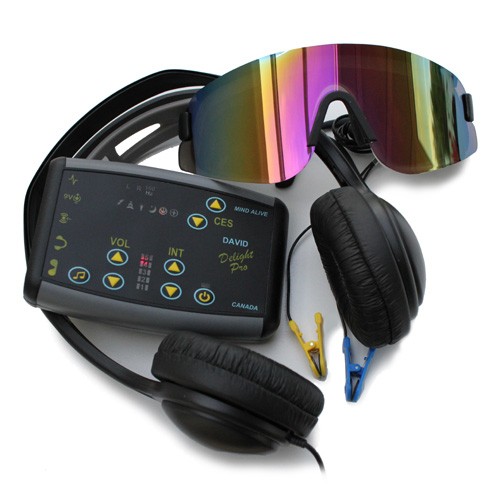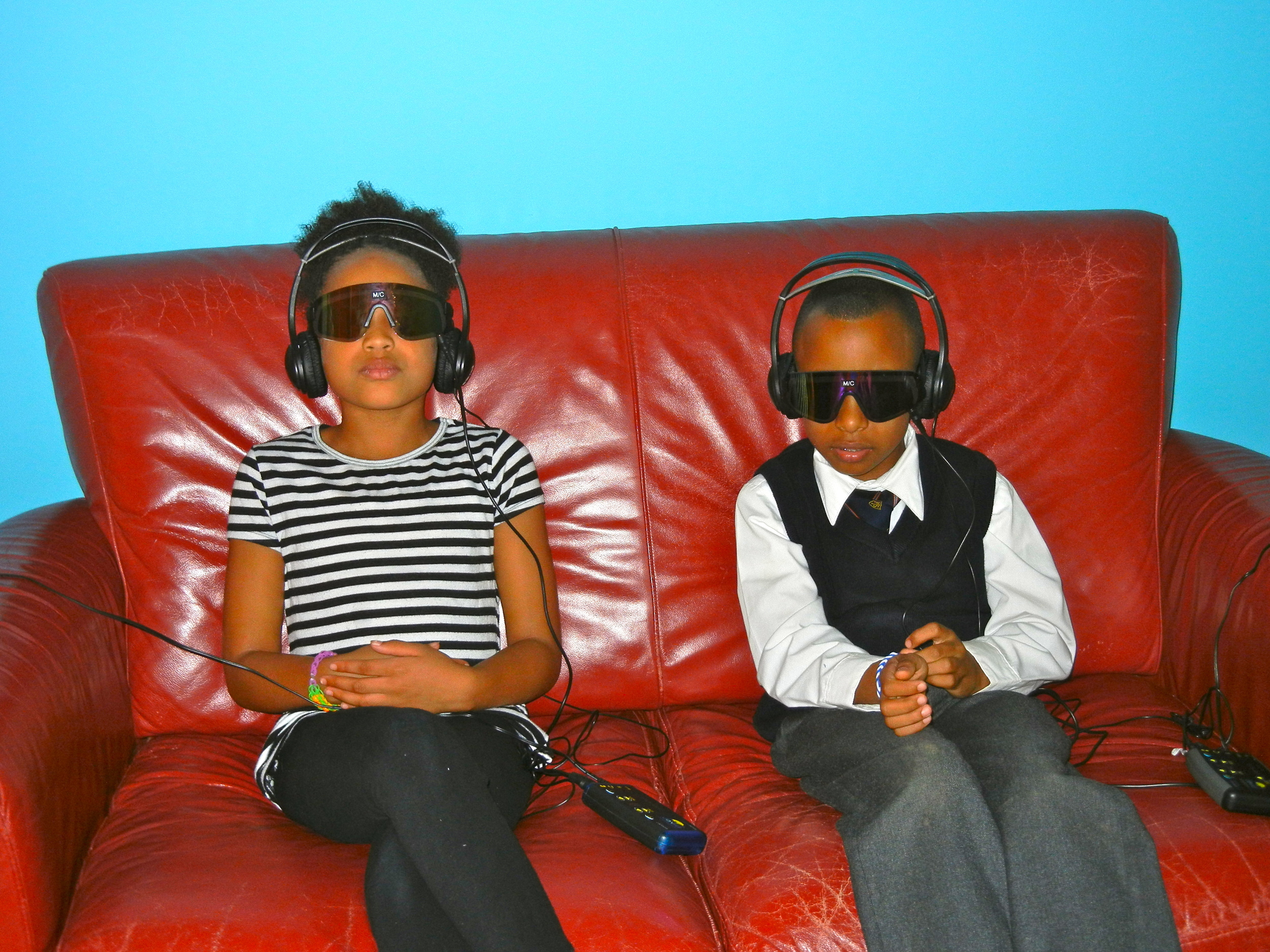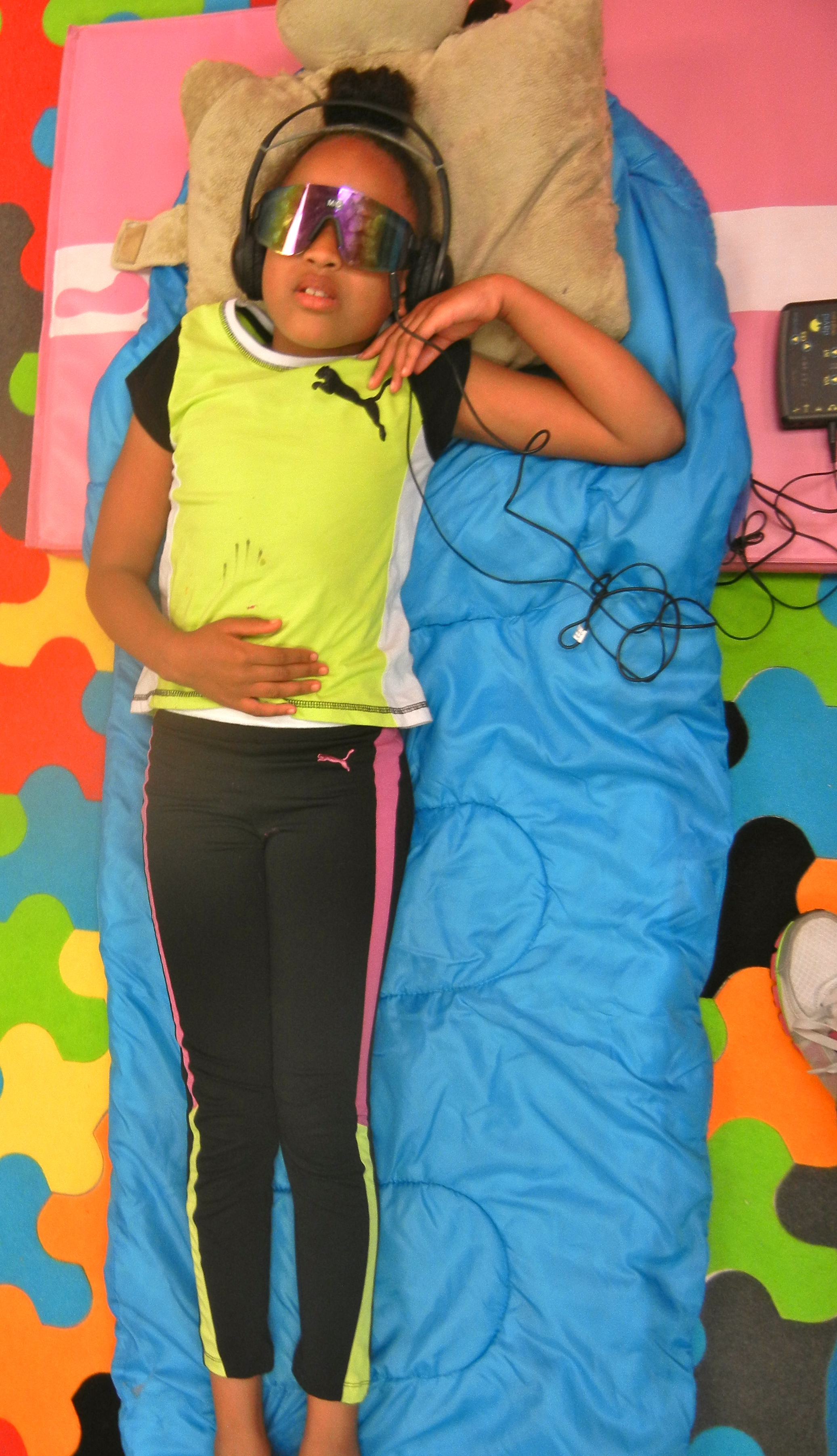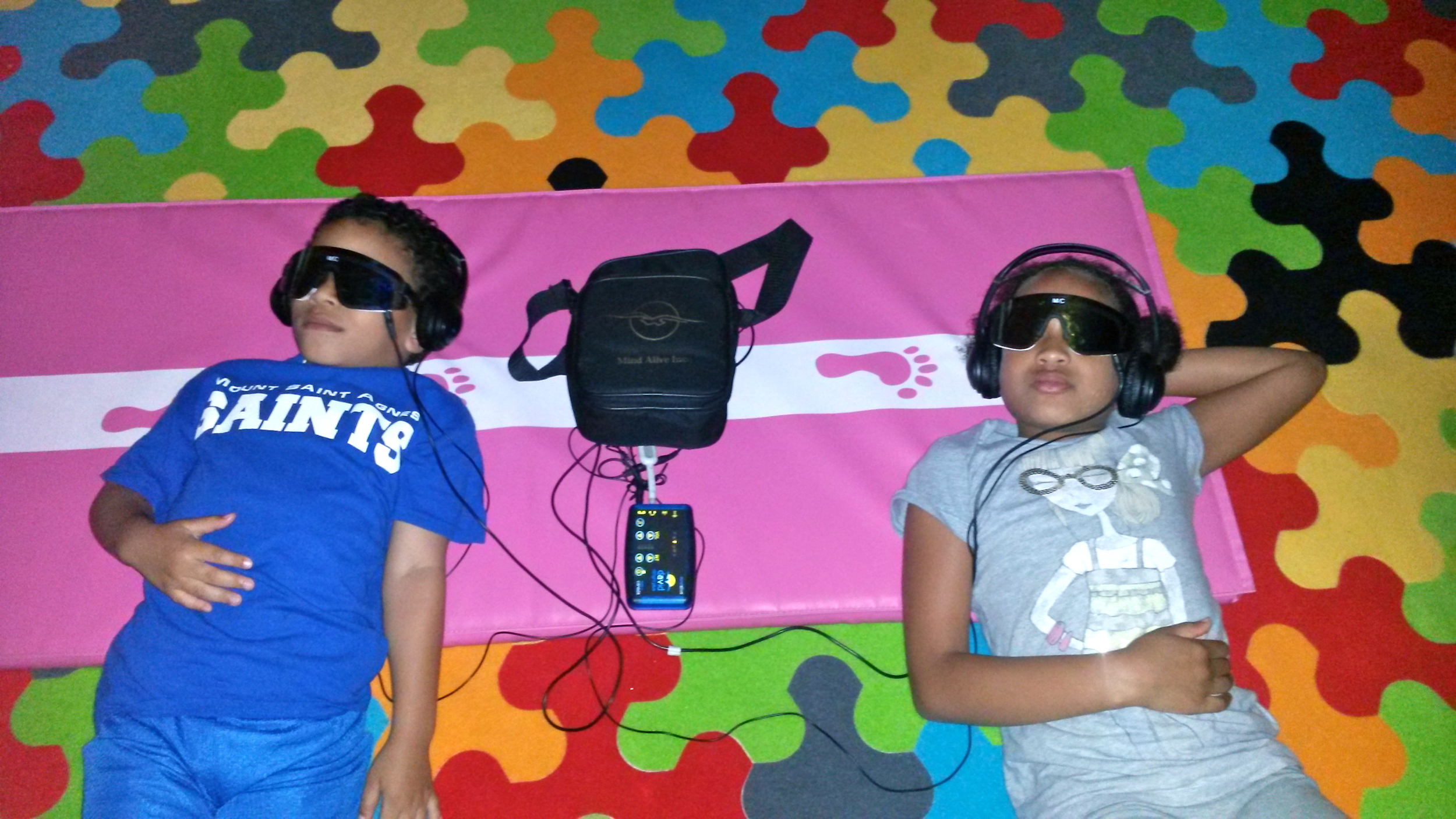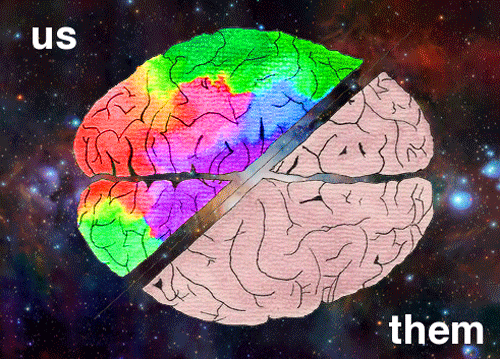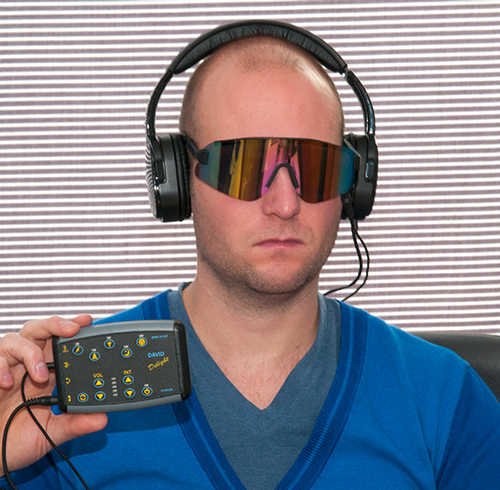Neurotechnology
Many children and adults have difficulty paying attention, focusing or attending to the task at hand. Others experience stress, depression, anxiety, seizures, and a variety of other problems serious enough that they interfere with learning, skills development and the performance of life tasks.
Neurotechnology services teaches the secrets of mastering these tasks through drug-free techniques aimed at improving brain function. With Neurotechnology, we train and exercise the brain to improve its ability to be flexible (shifting brain states) and at the same time improve stability (maintain brain states) when necessary.
Neurotechnology exercises the brain to improve the brain's ability to shift and to maintain brain states when needed. During the training process, the brain is able to shift electrical states and to maintain electrical states repeatedly; eventually the person is able to perform as the situation dictates automatically without conscious attention.
BSMART utilizes Audio Visual Entrainment (A.V.E.)
What is Audio Visual Entrainment (AVE)?
Audio-Visual Entrainment (AVE) technology influences your brainwaves and is an extremely effective, non-invasive method of rapidly re-educating your brain’s natural ‘balance-point’. By flashing lights through an eye set and pulsing tones through headphones, we can gently guide ourselves into various brainwave states. After a short period of time, the brain begins to resonate at (or mirror) the same frequency as the stimuli. This is called Audio-Visual Entrainment or AVE.
Our brains produce four basic brainwave states: beta, alpha, theta and delta. A healthy brain will produce the appropriate brainwaves for a given situation. For example, when reading, a healthy brain will be producing beta brainwaves. Due to stress, chemical imbalances, genetics, etc, people may produce improper brainwaves for certain activities.
For example people with ADHD produce excessive theta brainwaves while reading, instead of beta brainwaves, which are necessary for reading. Because people with ADHD suppress beta brainwaves, they need to increase their beta brainwaves, which is why true cases of ADHD respond to a stimulant like Ritalin. AVE is an alternative to these drugs. Another example of inappropriate brainwave production is depression. People who are suffering from depression are not making enough alpha brainwaves, which we need for a more balanced and happy life.
Research has shown that AVE is an effective non-drug approach to reduce the symptoms of many disorders that are caused by improper brainwave production. AVE is being successfully used by thousands of people for learning difficulties, autism, ADHD, insomnia, chronic pain, post traumatic stress disorder, fibromyalgia, stress management, seasonal affective disorder (SAD), hypertension (high blood pressure), PMS and general well being and relaxation. It also improves self-esteem, cognition (mental agility) and performance in sports and business.
Audio Visual Entrainment (AVE) devices also increases blood flow to the brain and metabolizes glucose to improve the communication between neurons. Consistent use of the AVE system trains the brainwaves to respond appropriately in situational circumstances, often helping an individual to focus, improving sleep and mood. Ultimately, the session calms the Central Nervous System (CNS), promoting a meditative, optimal brain state. Audio Visual Entrainment (A.V.E.) is like “push-ups” for the brain.
AVE is relaxing, passive and noninvasive! It’s an easy, drug-free method to improve your emotional stability, focus and sports development. Plus, it can be done in the convenience of your home! You determine your schedule, fitting the program between your appointments and daily activities.
A.V.E. for Attention and Learning
All mental functioning involves an element of arousal, that is, the awakeness or alertness of the brain. The degree of the brain’s (cortical) arousal dramatically affects how well a particular function can be performed.
For instance, it is almost impossible to pay attention if the brain is producing an abundance of alpha or theta (Oken & Salinsky, 1992), just as it’s difficult to fall
asleep with excess beta and low alpha activity in an eyes closed condition.
In the Classroom
Many children's brains are already "miss-trained" to produce Theta waves while in the classroom. This brain pattern is NOT optimal for focusing or paying attention while a teacher is speaking or instructing.
With excessive theta wave patterns children can have an almost "zombie" brain state in the classroom. Sometimes this "spaciness" is misinterpreted as attentional issues or auditory processing difficulties.
For focus in the classroom and alertness, in general, Beta wave patterns are optimal for learning and retention.
AVE can help to retrain the brain so that it only shifts into Theta waves when needed; getting ready for bed, light sleep, meditation etc.
After about 30 - 50 sessions using a computerized program of light and sound stimulation, a child's brain learns to be relaxed and focused, putting it into the optimum learning state. Many children are able to reduce or eliminate medications for hyperactivity, inattention and anxiety after completing this intervention.
A.V.E. & ADHD
Attention Deficit Disorder (Add) and Attention Deficit Hyperactivity Disorder (ADHD) are unique attentional disorders which primarily involve slowed frontal brain wave activity and hypo-perfusion of cerebral blood flow in the frontal regions of the brain, particularly during tasks such as reading.
People with attentional problems such as Attention Deficit Disorder (ADD) or Attention Deficit Hyperactivity Disorder (ADHD) have particular difficulty shifting their pre-frontal lobes into gear (suppressing alpha and/or theta) during cognitive tasks, particularly passive, spatial tasks such as reading (Lubar, et.al., 1985, Tansey, 1985). However, high levels of stimulation (which AVE provides in abundance) have been shown to improve attention and reduce hyperactivity (Cohen & Douglas, 1971; Leuba, 1955; Zentall, 1975; Zentall & Zentall, 1976), and the presence of rock music has also been shown to reduce hyperactivity (Cripe, 1986). This may explain why those with ADD do so well with video games and action sports. Unless the activity is exciting (pushing up arousal), the pre-frontal and frontal lobes quickly lose their attentiveness and activation. Theta and/or alpha brain waves increase dramatically and the person “fogs out.”
ADHD rarely occurs in isolation and is often combined with other conditions including
depression, oppositional defiant disorder, conduct disorder, obsessive compulsive disorder, learning disabilities, anxiety disorders, and other significant psychological, psychiatric, and neurological problems (Lubar, 1999; Hunt, 1994; Barkley, 1989).
Audio-Visual Entrainment (A.V.E.) lends itself well for the treatment of ADD/ADHD as several studies involving the use of A.V.E. in the treatment of ADD/ADHD and its related disorders have been completed.
Neurotechnology tools may also reduce symptoms associated with an unregulated brain.
Some of these symptoms include:
Behavior Challenges Learning Disabilities
Emotional Disorders Inattention
Hyperactivity Anxiety
Impulsivity Sleep Problems
Headaches/Migraines Autism Spectrum Disorder


